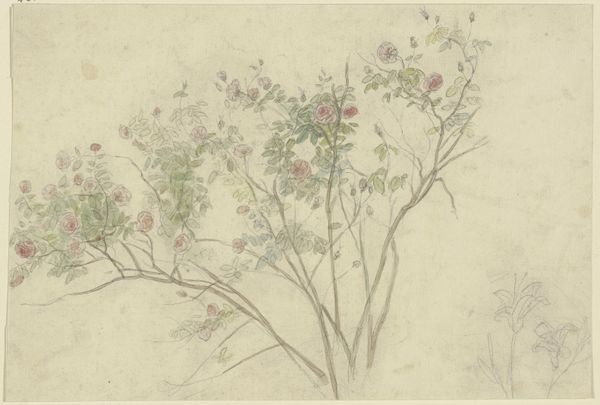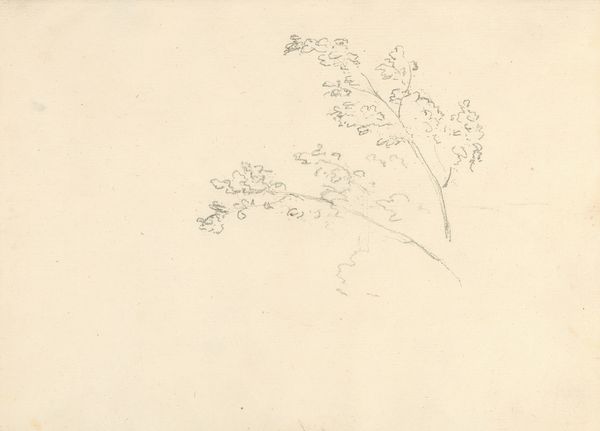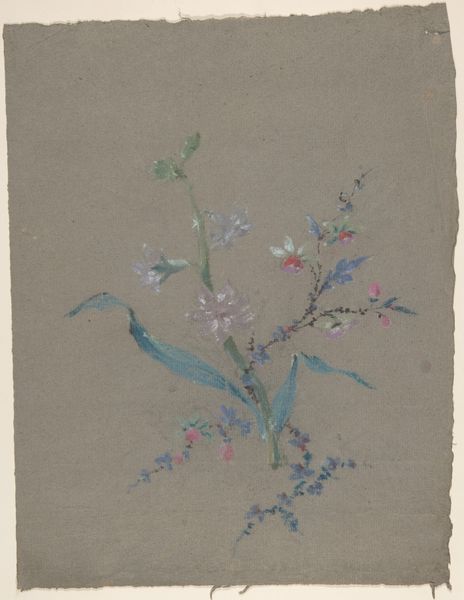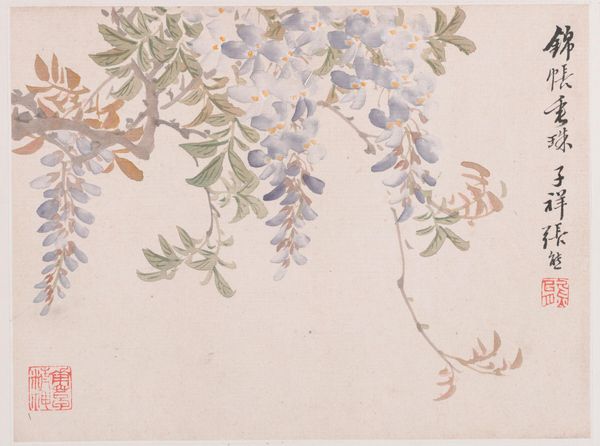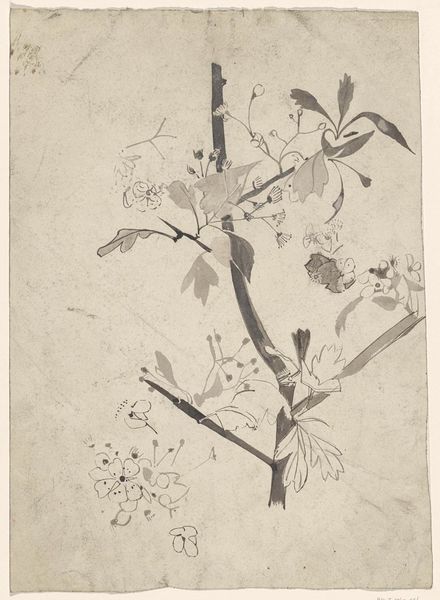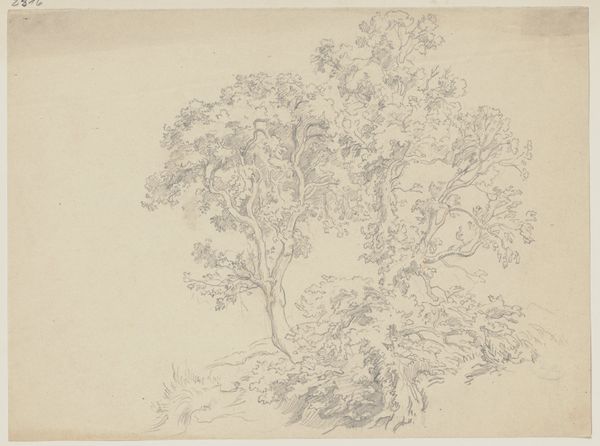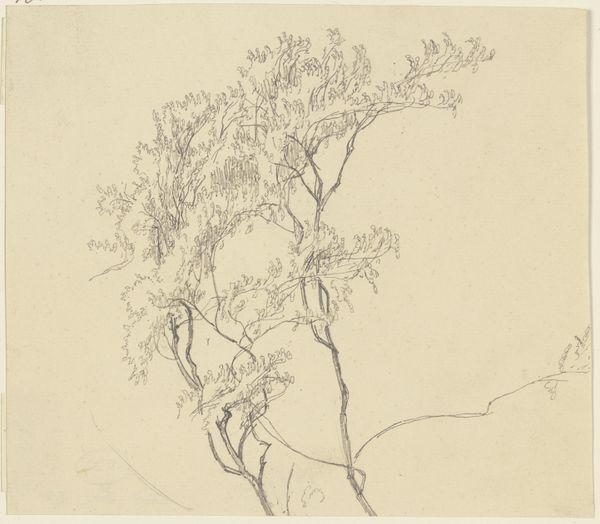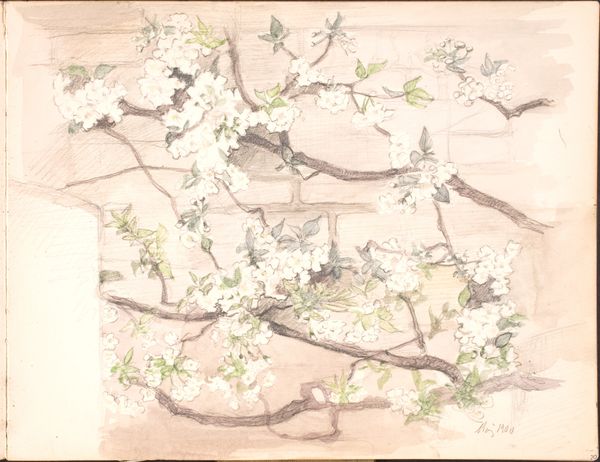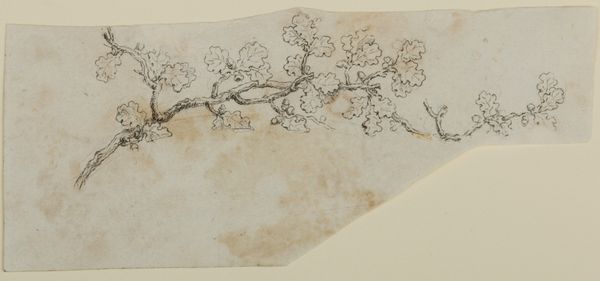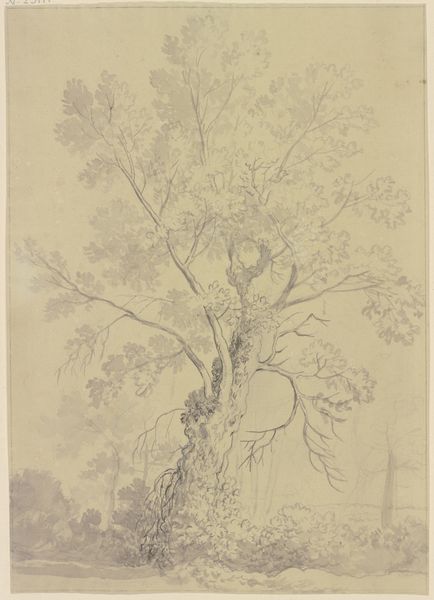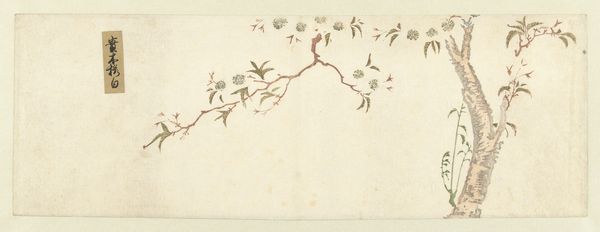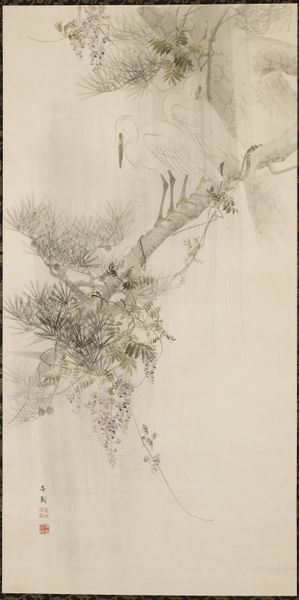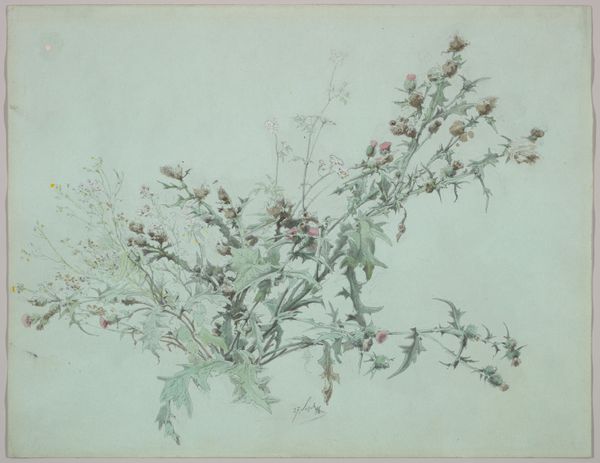
drawing, etching, paper
#
drawing
#
etching
#
landscape
#
etching
#
paper
#
botanical drawing
Copyright: Public Domain
Curator: Before us is the Städel Museum’s “Rose bush,” a drawing created on paper through etching. What captures your attention first, here? Editor: An air of transience. The lightness of touch, the spare lines—it feels less like a study and more like a fleeting impression. Almost melancholic in its delicate execution. Curator: I agree there is a compelling openness in its composition. Notice how the rose bush isn’t framed or overtly contextualized. The space surrounding it is nearly as vital to the overall design as the carefully rendered rose and foliage details. Editor: I'm curious, then, about what purpose such a work might serve historically. Etchings like this were sometimes preliminary studies, right? Meant to inform larger, more permanent pieces. Curator: Precisely. Though not much is known regarding its origins, it’s possible this was part of a broader catalog of botanical studies meant for horticultural purposes, like the identification or even selective breeding of desirable rose species. Editor: So even in art, science and aesthetics intersected. The public fascination with the natural world directly impacted artistic expression. It suggests something deeper too; perhaps an era where control of nature was beginning in earnest, or the Enlightenment ideal that complete encyclopedic knowledge could be acquired. Curator: The fact that it’s unfinished underscores that pursuit of complete understanding; you're on to something. This is all rendered on paper, not just as documentation, but also offering viewers direct sensory access to something very real and intimate within that natural sphere. Editor: Yes! By presenting it almost clinically, or fragmentarily, a direct link to both scientific pursuit of botanical identification—as you put it—and human impact are evident. We begin to consider the way we engage and cultivate nature—perhaps an early attempt to catalog what was perceived as manageable and orderly—the aesthetic selection of the era on display. Curator: Considering your insights, viewing the print transcends purely aesthetic judgment; now it evokes that era’s complex relationship between society, knowledge, and environment, one that persists. Editor: Precisely, by understanding that original context. I can look at “Rose bush” anew, understanding its layers, and its relation to the history of images.
Comments
No comments
Be the first to comment and join the conversation on the ultimate creative platform.
